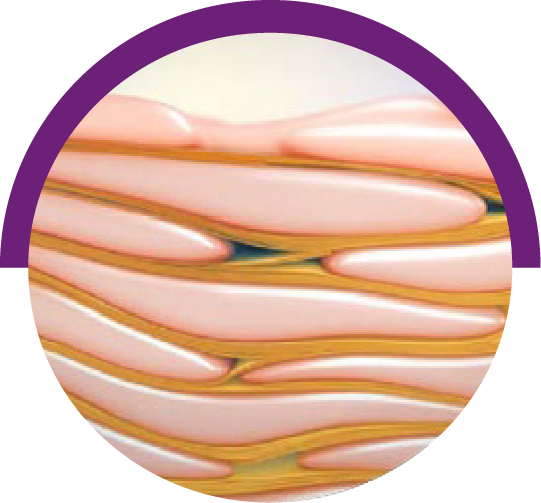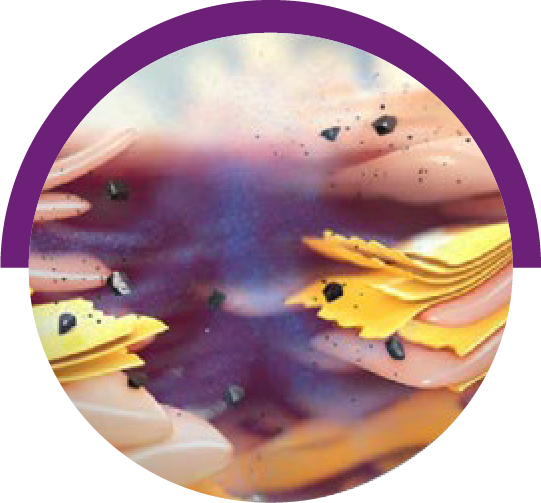Bepanthen® is a globally trusted brand that supports the management of atopic eczema and has over 75 years of expertise in medicated skincare and skin healing
Eczema also known as atopic eczema or atopic dermatitis affects about

children

adults
and is associated with a high burden of morbidity and costs to individuals and health services.1
Overall, 10-year increases in lifetime prevalence:1

Studies assessing eczema prevalence in the Kingdom of Saudi Arabia2
In a study conducted in

- • Schoolchildren aged 6–9 years, 10.4% reported ever having eczema.
- • 8.8% reported having current eczema symptoms.

- • Schoolchildren aged 7-19 years, the overall prevalences of lifetime eczema, current eczema, and physician-diagnosed eczema were 12.9%, 10.5%, and 12.5%, respectively.

- • 11.4% for lifetime eczema.
- • 8.4% for current eczema.
- • 8.9% for eczema diagnosed by a physician.

In healthy skin, lamellar lipids are layered in a tight configuration, preventing moisture from escaping.3,4

During a flare, the skin’s lamellar lipids are shorter and broken, leaving gaps that allow water to escape and allergens, irritants and pathogens to penetrate.3,4

Lipid Lamellar Technology features lipids such as free fatty acids and ceramides. These integrate and bind to lipids in damaged skin, filling in gaps and arranging themselves in the right order to restore the skin barrier.5
References:
1.Langan, S. M., Mulick, A. R., Rutter, C. E., Silverwood, R. J., Asher, I., García‐Marcos, L., ... & Shah, J. (2023). Trends in eczema prevalence in children and adolescents: A Global Asthma Network Phase I Study. Clinical & Experimental Allergy, 53(3), 337-352. 2.Al Nahas, S., Abouammoh, N., Althagafi, W., Alomary, S. A., Almutairi, A. S., Assiri, A. M., ... & Abd-Ellatif, E. E. (2024). Prevalence, severity, and risk factors of eczema among young children and adolescents in Saudi Arabia: A national cross-sectional study, 2019. Journal of Allergy and Clinical Immunology: Global, 3(4), 100299. 3.van Smeden J et al. Biochim Biophys Acta 2014;1841:295–313. 4.Danby SG and Cork MJ. J Clin Dermatol 2010;1:33–46. 5.Stettler H et al. KOM Dermatol News 2016;11:1–11.
